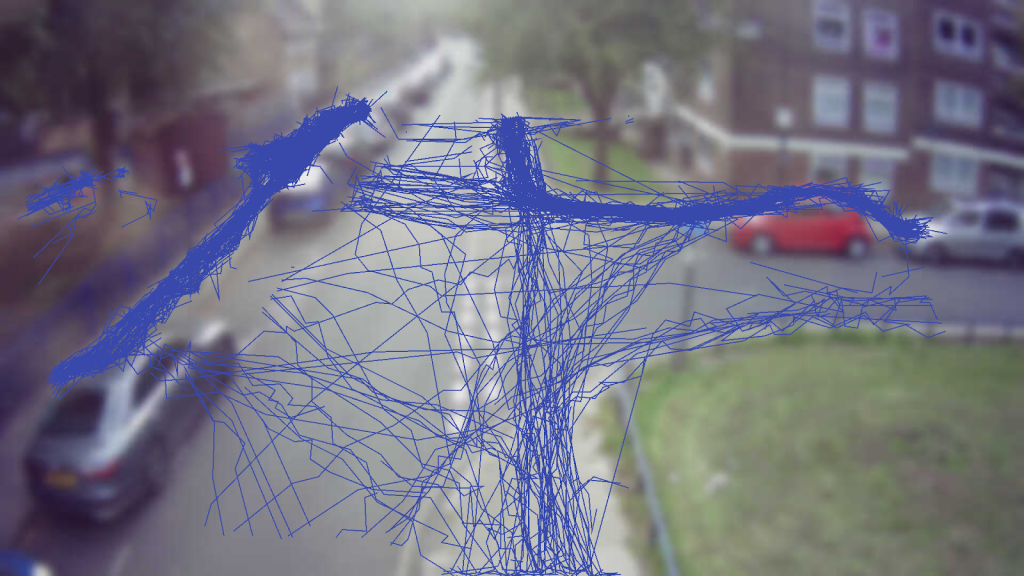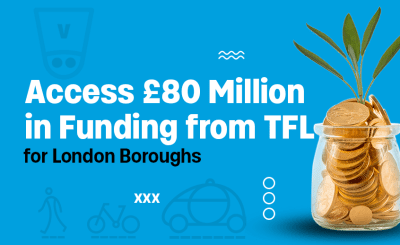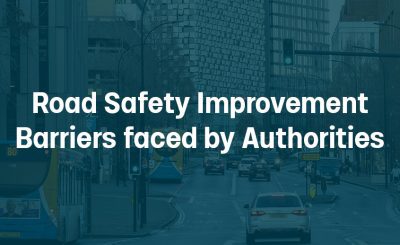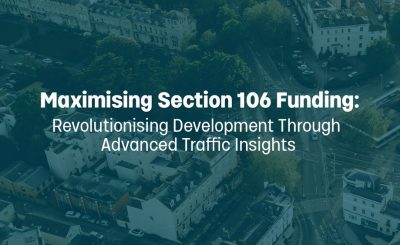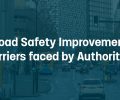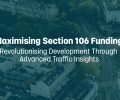VivaCity’s COO Peter Mildon was invited to write a guest post for the Government’s Industrial Strategy Blog
Over the last decade, transportation has undergone a technological revolution; from the introduction of Citymapper and Waze using crowdsourced data to help citizens travel in urban environments, to the rise of Uber and Lyft changing the way we use our roads. Government programmes, such as the Future of Mobility Grand Challenge, are a welcome step forward in securing the benefits of these technologies. But there remains a gap – perhaps more like a chasm – in this transportation technological advance; the road infrastructure has not been keeping up. Our smartest traffic signal control algorithms were written in the 1980s and currently adapt traffic signals based on detections of lumps of metal (e.g. cars). Our smart motorways rely on operators watching CCTV and implementing pre-planned strategies to handle incidents.
Using machine learning to solve old problems
At VivaCity, our founding vision was to bring machine intelligence into the transport infrastructure market.
We were frustrated by the clearly suboptimal situation, where a light turns red on a fast approaching bus, causing it to waste energy while slowing down and delay the 50 passengers on board, only to give a green to a single car on a side road with a single passenger.
An algorithm able to delay the phase change by just half a second would have delivered a measurable societal and environmental benefit!
In late 2015, however, we discovered that the data required to build the algorithms we envisaged did not exist.
We had to take action into our own hands and build a system that would gather the data we needed ourselves – a rich yet anonymised data set offering the location and classification of every vehicle approaching a junction, including the pedestrians and cyclists who simply could not be accurately detected by any existing road traffic sensor.
By late 2016, funded in part by an Innovate UK SMART grant, we had developed the ability to use machine learning to detect the location and classification of vehicles, cyclists and pedestrians within a still image.
But in order to sell this as a product to clients we needed the ability to differentiate between moving and stationary vehicles, and count the flow of vehicles down the road – something you cannot do with detections from a still image alone.
Pushing the boundaries
This is where the Department for Transport’s Transport Technology Research Innovation Grant (T-TRIG) programme came into play.
With their funding we were able to push outside the boundary of academic research and give our machine learning algorithms the ability to understand both space and time simultaneously.
The combined output from the Innovate UK and T-TRIG funding enabled us to win commercial contracts selling a video-based traffic sensor and ultimately raise our £1.6m seed investment round and further £1.7m Innovate UK First of a Kind funding, which we used to fully productise and demonstrate our solution.
Fast forward to 2019, and we have deployed over 900 traffic sensors in the UK and overseas, giving our paying clients unprecedented insight into how their roads and paths are being used, informing planning models, investment decisions and real time road management.
Giving traffic signal control a makeover
And now we have the data needed to realise our founding vision. Our researchers have now turned their hand to giving traffic signal control a 21st-century makeover.
The 1980s algorithm’s shackles can be thrown off, offering a traffic management system driven by machine intelligence.
The system we are building will allow policy makers to decide the objective. No longer will maximising lumps of metal rolling down the road be the only option available.
Instead, the city can choose how to prioritise individual road user types, such as pedestrians and cyclists vs buses, vans or cars; choose to give emergency priority to emergency vehicles; and choose to minimise emissions in critical areas, like around schools, rather than maximise flow.
Read more here: UK Government Industrial Strategy Blog.
VivaCity offers a unique solution using artificial intelligence-powered sensors installed in strategic locations on the road that capture anonymous, real-time, continuous traffic pattern data of road users.
- Traffic counts and classifications, including pedestrians, cars, taxis, trucks, cyclists and more.
- Vehicle Path across the road space to understand how different vehicles interact and to assess junction turning counts.
- Median Journey Time of road users with number plates between any two sensors within the network.
- Speed to capture travel behaviour and identify queue formation.
The information is turned into anonymous data (preserving all road users’ privacy), and is accessible through a cloud-based dashboard via a browser. Get in touch with our team to find out more about our traffic management solution and ask for a free demo.
Like our content? Sign up to our newsletter and receive the latest updates in your inbox.

